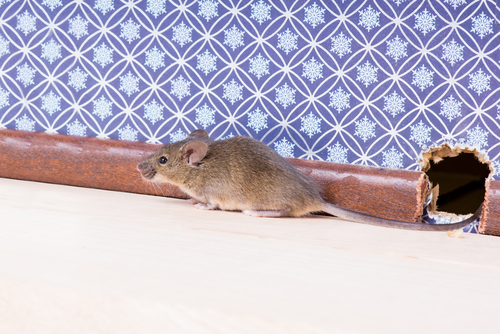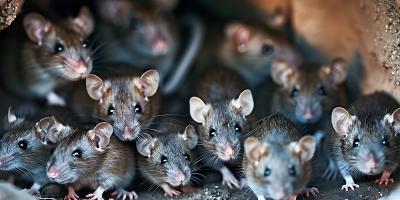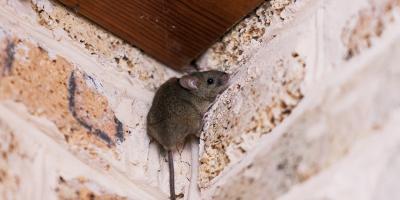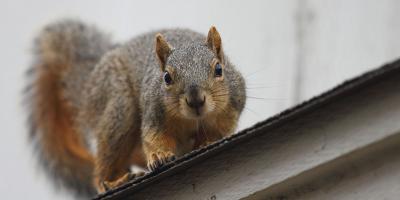Why do Mice Enter Homes

In New England we have two species of Mice that are likely to enter structures and set up residence. They are the House Mouse (Mus domesticus) and the White Footed Mouse aka Deer Mouse (Perimiscus).While there are some behavioral differences between these mice, collectively they share very common biological features and preferences which make our homes and businesses ideal places to live in an otherwise hostile world.
Outdoors, the population of mice is very high. They are also nocturnal so their great numbers are rarely perceived. They are extremely opportunistic and take shelter in almost every available location. They are warm blooded creatures that are naturally attracted to warm areas, particularly when outdoor temperatures turn cold.
They have vibrissae (very sensitive whiskers) that enable them to easily sense warm air currents that escape man-made structures. This is why it is so important that structures be examined periodically for openings that are large enough for a mouse to squeeze through. Rodent proofing these openings in combination with a trapping or baiting program can be very effective elements of an integrated rodent control program.
Mice seek shelter within a reasonable proximity to food. It is common for them to live inside a structure while doing most of their foraging outdoors. This is particularly true if a reliable source of bird seed or other ground feeding animal feed is nearby.
They tend to nest in the quiet areas of a structure such as the basement, wall cavities, attic, idle equipment, clutter or vehicles. Seasonal items that are stored in the garage or shed or outbuildings are likely nesting spots.
Mice are prey animals. They do not like to be out in the open where a predator can easily spot them. If their foraging area is some distance from their nest site they are likely to establish multiple safe hiding places between their nest site and the foraging area so they can dart a series of short distances from shelter to shelter rather than attempting to navigate any great distance out in the open. The plumbing, electrical and hvac chases that are built into our structures are all safe runways for mice enabling them to travel distances without coming out into the open.
For all of these reasons, our structures are tailor made for rodent infestation. The outdoor population is high; our structures are not very tight, there is food readily available, there is heat available and travel is relatively safe.
Rodent control is recommended for most New England structures.



